
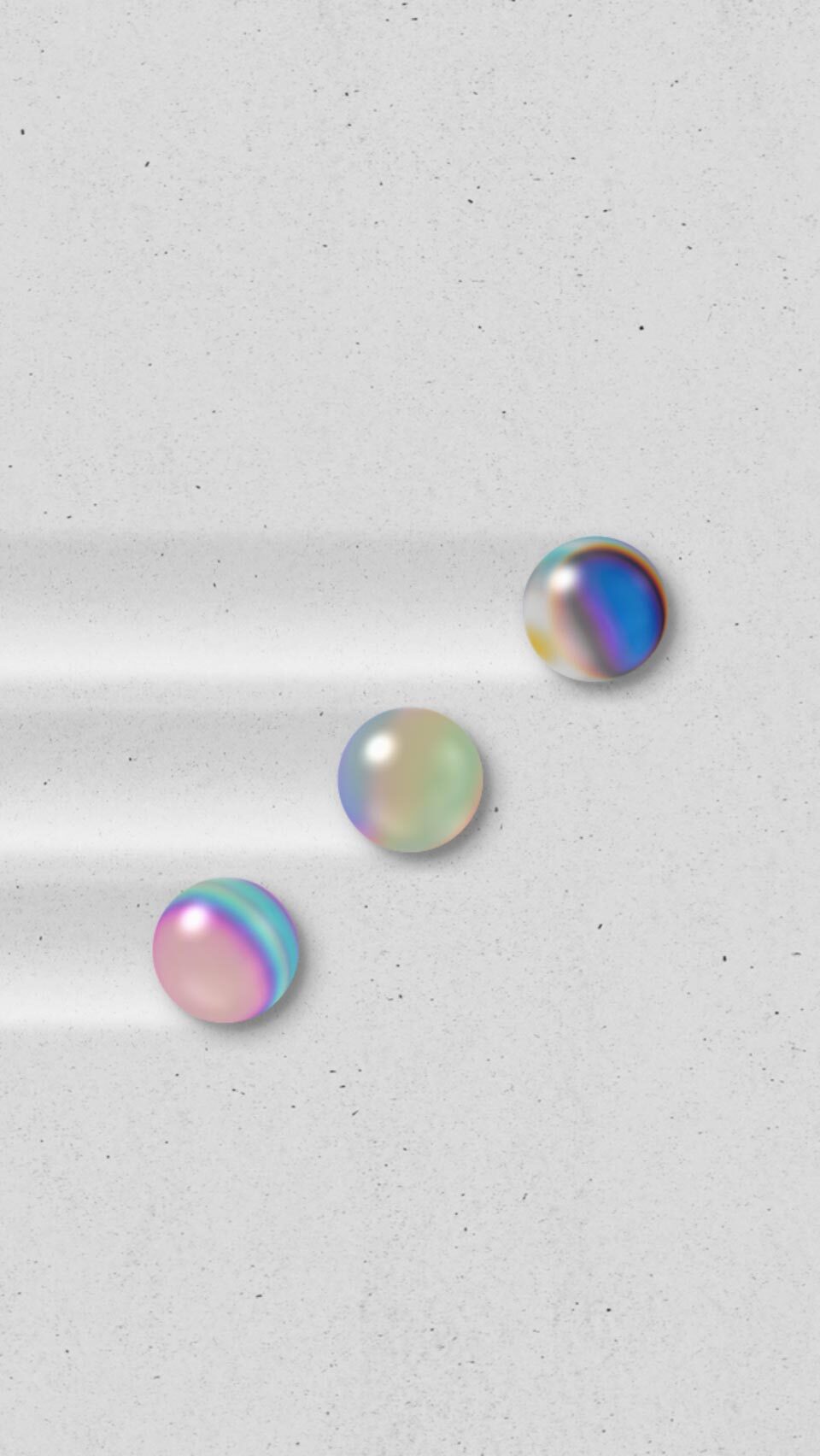


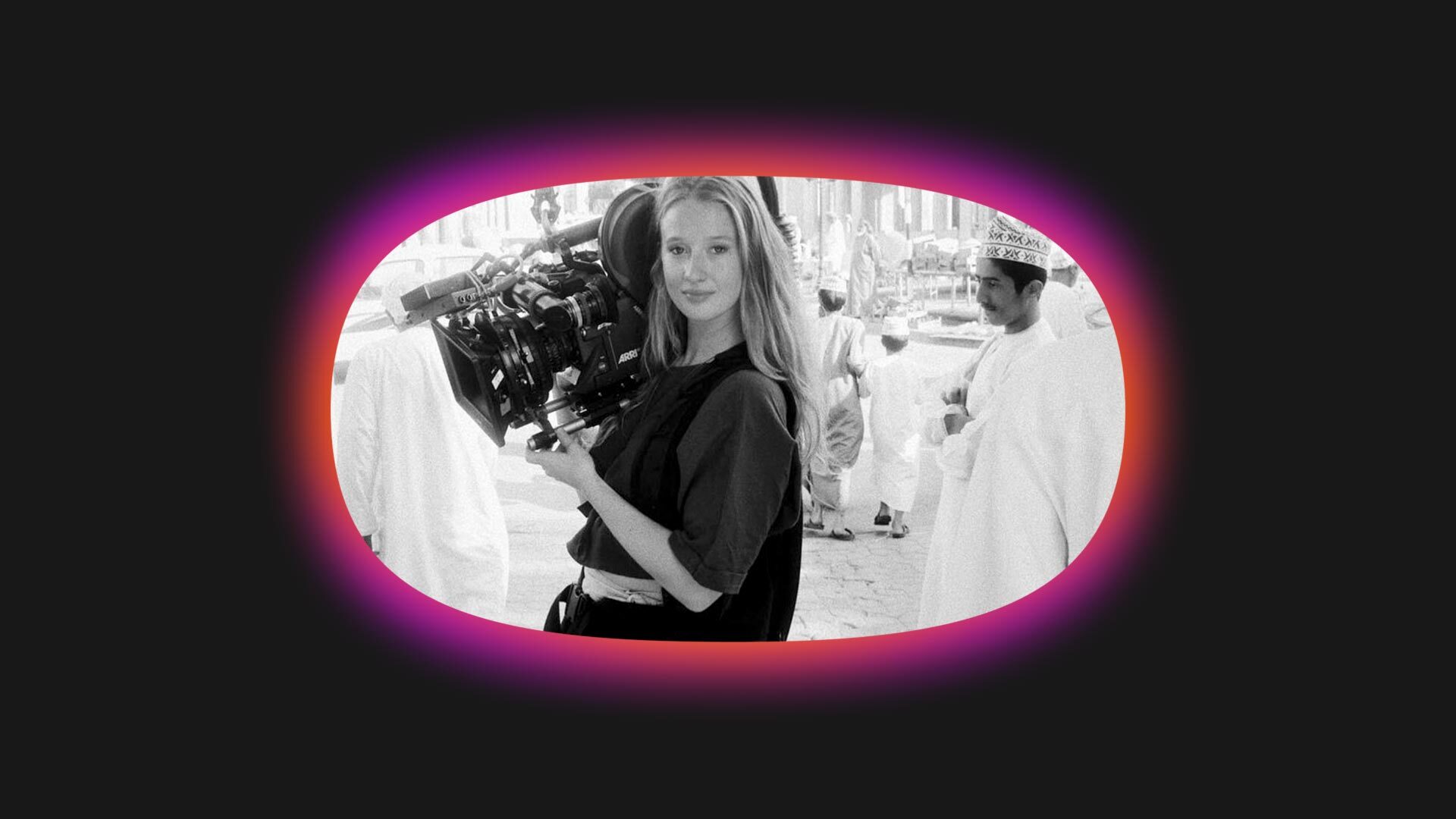



|
88.8% 0% Fewer creative ideas |


|
88.8% 0% More creative ideas |


|
88.8% 0% The same amount of creative ideas |
If history is anything to go by, moments of change, uncertainty and civil unrest inspire some of our greatest creative ideas.
Dadaism brought light to post-WWI gloom, experimental art exploded out of New York City’s turbulent 1980s, and it seems 2020’s global pandemic has kickstarted our creative thinking. While almost half of respondents report having more ideas due to changes in their working environment, almost a third of people feel more creative than usual, and a fifth are more inspired.
What’s more, the brave soldiers who’ve taken on new jobs this year are reporting the highest level of creativity as well as the most confidence in their ideas. This makes us think: does creativity thrive outside of our comfort zones, or is it an effective coping mechanism when times get tough?


|
88.8% 0% Less confidence in my own ideas |


|
88.8% 0% The same confidence in my own ideas |


|
88.8% 0% More confidence in my own ideas |
Ask almost 35,000 people to sum up 2020 in one word, and it shouldn’t come as a surprise the resulting word cloud was too rude to print. Although shoutout to the one optimist who simply wrote “epic”.
But it’s when we compare these answers to our other findings that things get interesting. There’s a tension between craving our “old” lives and adapting to the new. While 2020 has a bad rep, almost half of us have more confidence in our ideas. Add that to the 35% of us who feel more grateful than usual and the 20% who feel excited, efficient, and connected, and it seems we’re underestimating our ability to adapt. It’s okay to feel stressed, angry, cheated, upset, and to crave a return to “normal”. But it’s also okay, if this “new normal” kinda fits, if it fuels a new age of creative thinking and more confidence in the work we produce.


|
88.8% 0% |


|
88.8% 0% |


|
88.8% 0% |


|
88.8% 0% |


|
88.8% 0% |


|
88.8% 0% |


|
88.8% 0% |


|
88.8% 0% |


|
88.8% 0% |


|
88.8% 0% |


|
88.8% 0% |
In 2018, 41% of you said other work pressures get in the way of having good ideas. One year later, in 2019, things were eerily similar: 42% of people placed work as their number one distraction. This year’s results have bulldozed that trend (classic 2020).
Work has jumped from the top spot to distracting only 25% of respondents. Yes, we have bigger fish to fry but we’re also prioritizing family, friends, and our health—both mental and physical—much more than previous years. Almost half of us are reflecting more on what we want from life. We’re also cooking more, spending more time in nature, and taking the time to learn new skills. The world we live in often teaches us to reward ambition, to strive for more, that bigger is better. But in a moment of intense change these values have been called into question, and we’re (re)turning to the simple things in life.






|
88.8% 0% |


|
88.8% 0% |


|
88.8% 0% |


|
88.8% 0% |


|
88.8% 0% |


|
88.8% 0% |


|
88.8% 0% |


|
88.8% 0% |


|
88.8% 0% |


|
88.8% 0% |


|
88.8% 0% |


|
88.8% 0% |
2020 has stirred up a whole lot of feelings for everyone, but it seems (as usual) women are bearing the brunt of a year of uncertainty. Compared to male respondents, women are more likely to feel depressed and concerned about the future, and this is having an impact on their creative ideas. When getting started on a new idea, almost half of women (42%) question if they have the skills to pull it off. Only 29% of men ask themselves the same question.
Sadly this is nothing new, we already know women are more likely to suffer from imposter syndrome. But COVID-19 is setting many women in the workplace back even further. How can we, as a creative industry, get on top of this before we miss out on more great ideas from more diverse voices?


|
88.8% 0% |


|
88.8% 0% |


|
88.8% 0% |


|
88.8% 0% |


|
88.8% 0% |


|
88.8% 0% |


|
88.8% 0% |


|
88.8% 0% |


|
88.8% 0% |


|
88.8% 0% |
Our 2018 Ideas Report showed us inspiration is found in real-life experiences—like museums, nature, and travel (remember that?)—rather than online platforms or social media. And although the “real world” feels further away than ever, the same idea continues to ring true.
Almost half (49%) of respondents say family and friends are their biggest source of inspiration this year, while 40% of people have been turning to nature to nurture their ideas. What’s more, we asked people what or who they found exceptionally inspiring in 2020. And in a move that would make Beyoncé proud, the words “me”, “myself”, and “I” led the way.
As we slow down, we’re looking inwards and realizing everything we need is perhaps closer than we think. We’re questioning our relationship to big brands and celebrity influencers, and rearranging our pedestals—giving ourselves and our families pride of place.
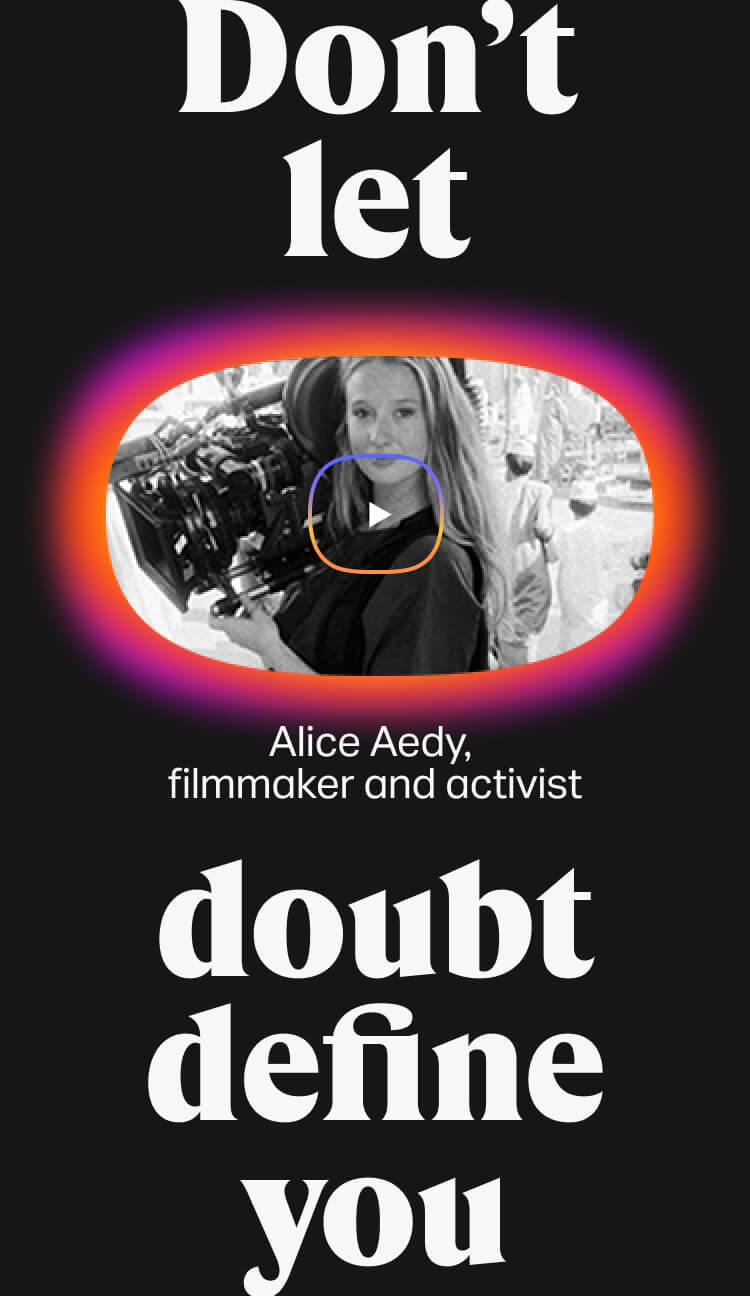
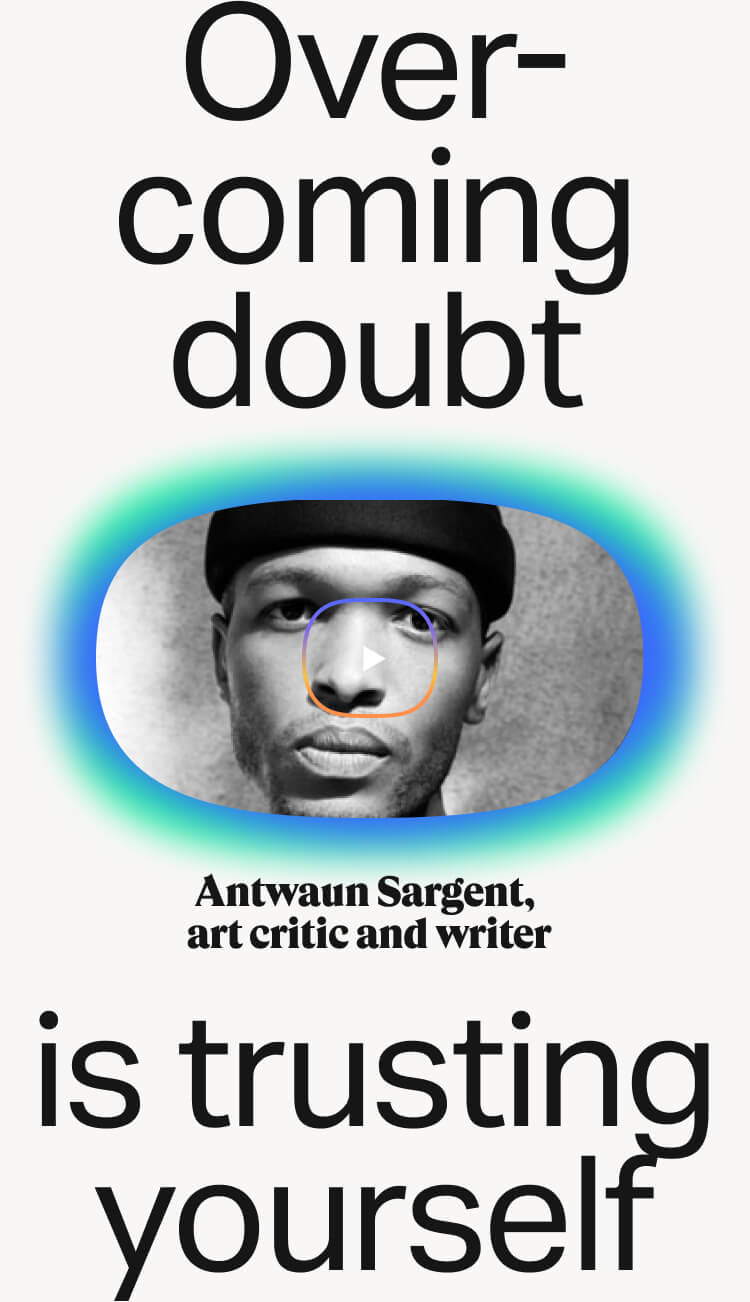
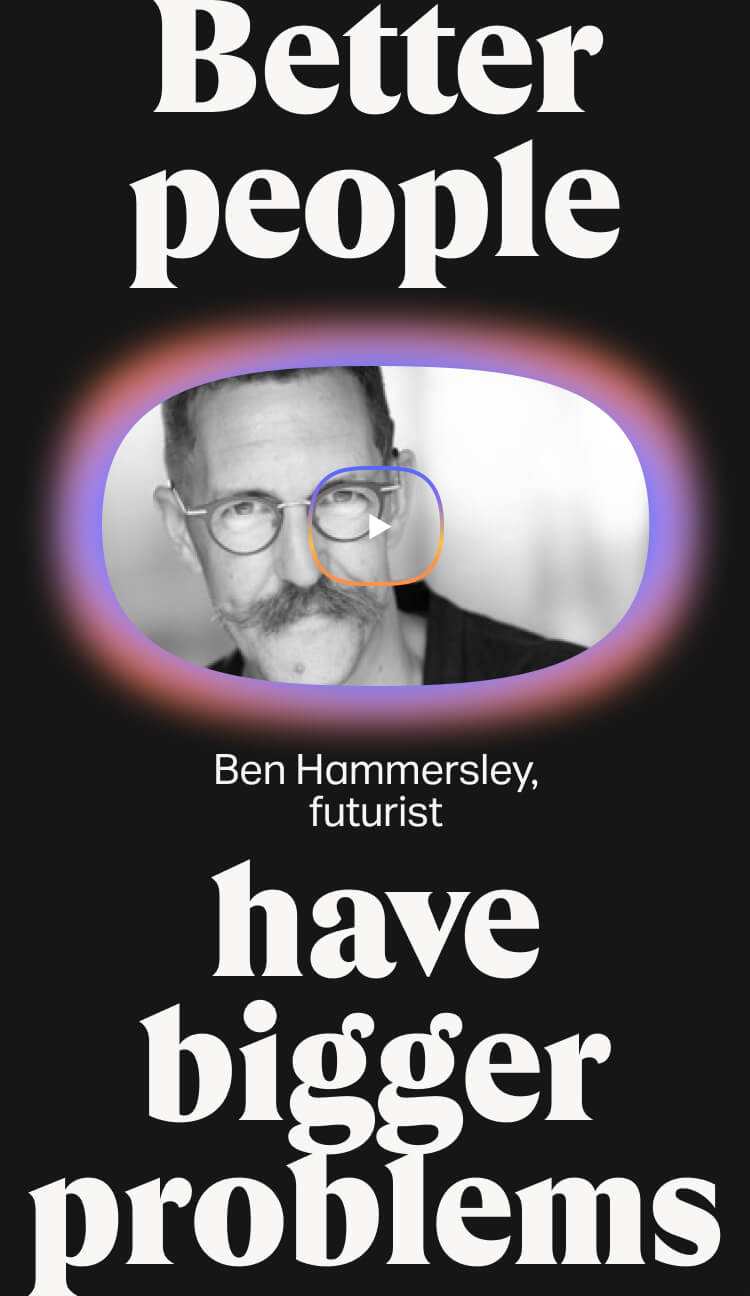
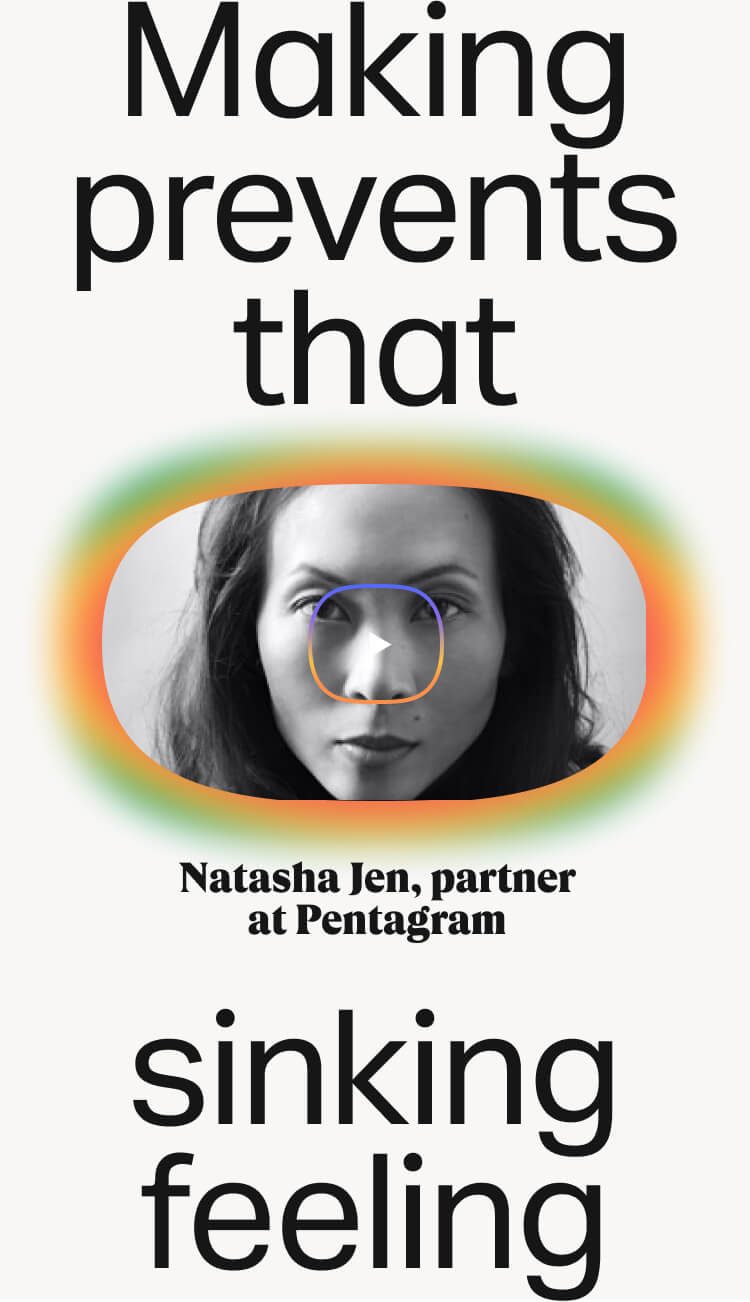
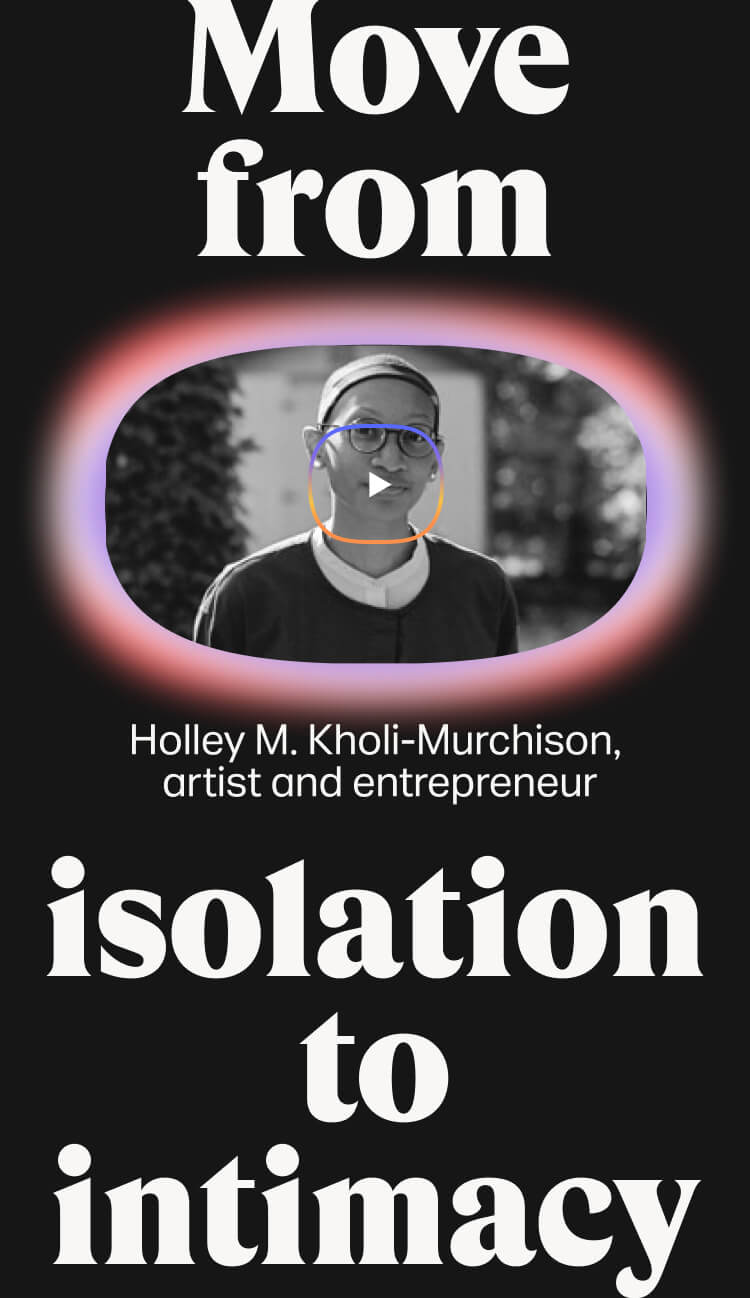

Ideas are a messy business. There are dead ends, wrong turns, and all manner of false starts.
To get our heads around them, in 2018 we created the first ever WeTransfer Ideas Report, asking 10,000 creatives about how, when, and where they get their best ideas.
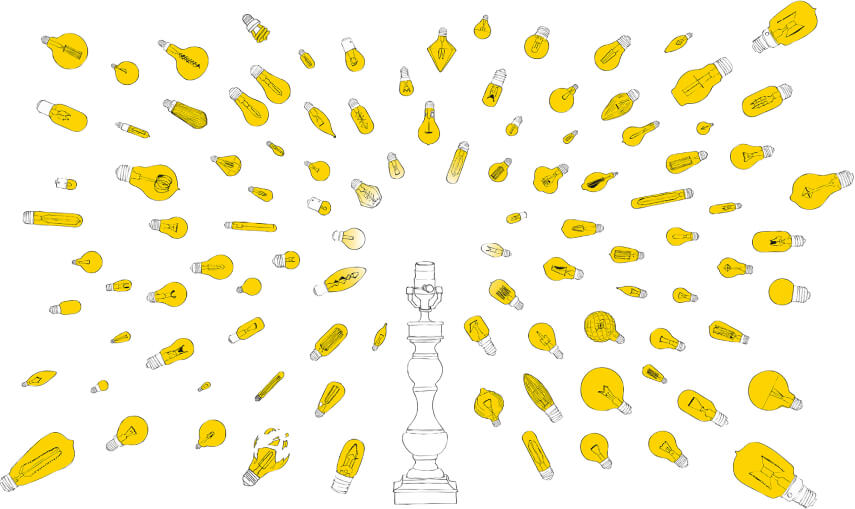
Having an idea is only half the battle. Once the lightning bolt of inspiration has hit, that’s when the real work begins.
If 2018’s report looked at how, when, and where people get their best ideas, we wanted 2019 to start right where we left off. You’ve had the spark, but what next?
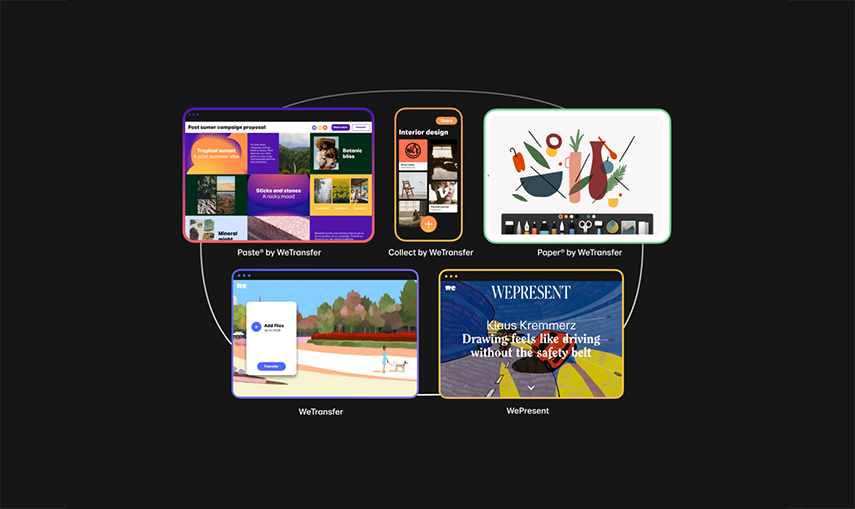
WeTransfer was founded in 2009 as the simplest way to send big files around the world.
Since then we’ve grown into a whole set of creative tools to keep your ideas moving. There’s Paper to capture your ideas, Paste to communicate your ideas, and Collect to, well, you can probably guess that one. We also launched WePresent, to tell creative stories and spark new ideas.
